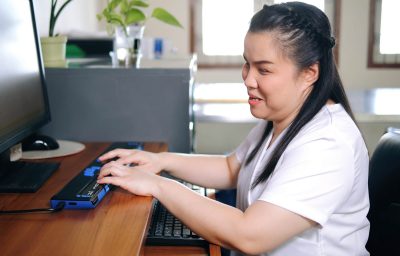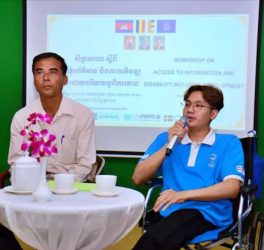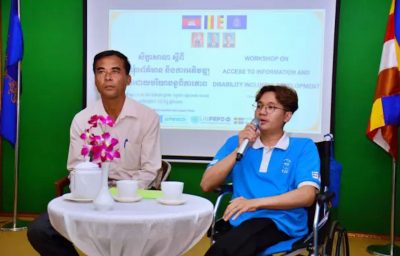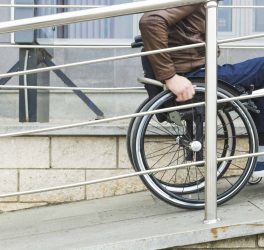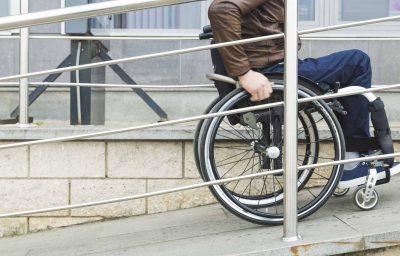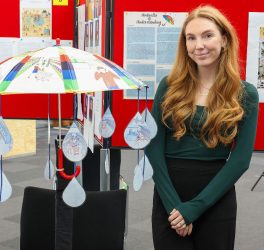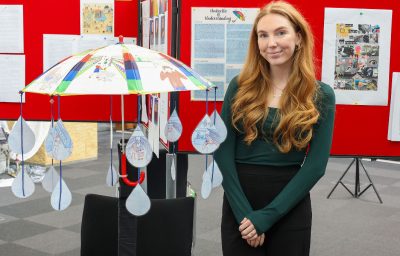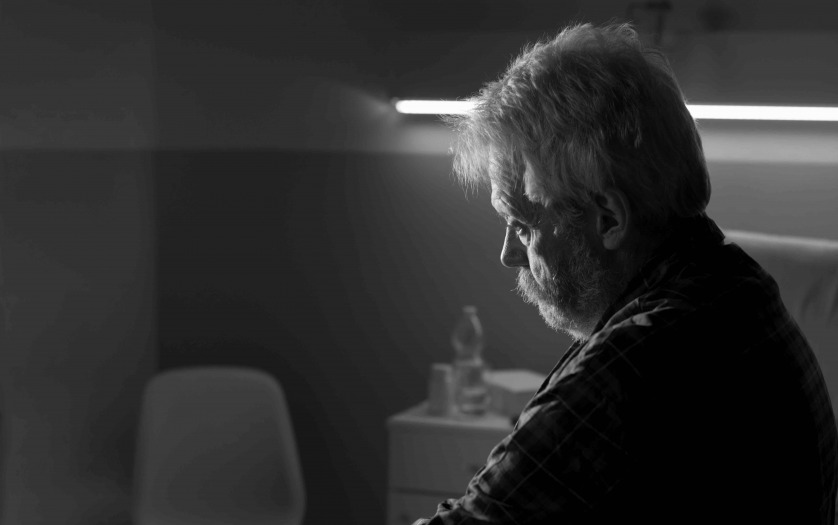
Mexico faces serious challenges to achieve greater social inclusion of people with disabilities, according to the ASOMAS organization.
Currently in Mexico there are not enough elements for people with disabilities to have access to the necessary infrastructure and equipment in public spaces and much less in private spaces, according to the Anne Sullivan Mexican Association (ASOMAS). This implies that those who suffer from some combination of disabilities (visual, auditory, motor and intellectual) in different degrees and combinations enjoy a lower degree of participation in society because the structural context lacks special adaptations.
“When we refer to people with multiple disabilities, it is more complicated because their rights to inclusion are even more limited and require greater support from factors such as the environment in which they are developed, creation of works by the authorities who have a broader vision in this regard. ” said Isabel Galíndez, general director of ASOMAS.
An example of this lack of structural support lies in the lack of demographic information regarding this vulnerable population group, since there is no detailed and exact statistical count in Mexico on the number of people with multiple disabilities. However, in 2018, the National Council for the Inclusion and Development of People with Disabilities (CONADIS) identified 466,178 people with deafblindness in the country, of which 78% are over 60 years old. A data updated to the year 2019 shows an increase to 510,000 people with this condition, approximately.
In addition to this, a report from the national human rights institution, published in 2018, found that most of the states of Mexico do not have data on people with disabilities in shelters, orphanages, family homes, prisons. This makes it impossible to determine the progress in terms of attention to the Human Rights of people with disabilities and to evaluate the public policies that have been implemented to achieve their inclusion in the community. The problem is complicated outside the cities. ASOMAS, a non-profit institution dedicated to serving children and young people with deafblindness and / or multiple disabilities, detailed that that the rural population is subject to particular vulnerabilities given the lack of access to specialized care in areas with low economic development.
“The right to be included in the community is not yet a reality for many people with multiple disabilities and deafblindness in Mexico, for whom there are no home, residential or personal assistance services that allow them to actively participate in the community, as can be done. to enjoy this benefit in other countries, which has worked and fought to obtain this support from the State, “said Galíndez from ASOMAS.


